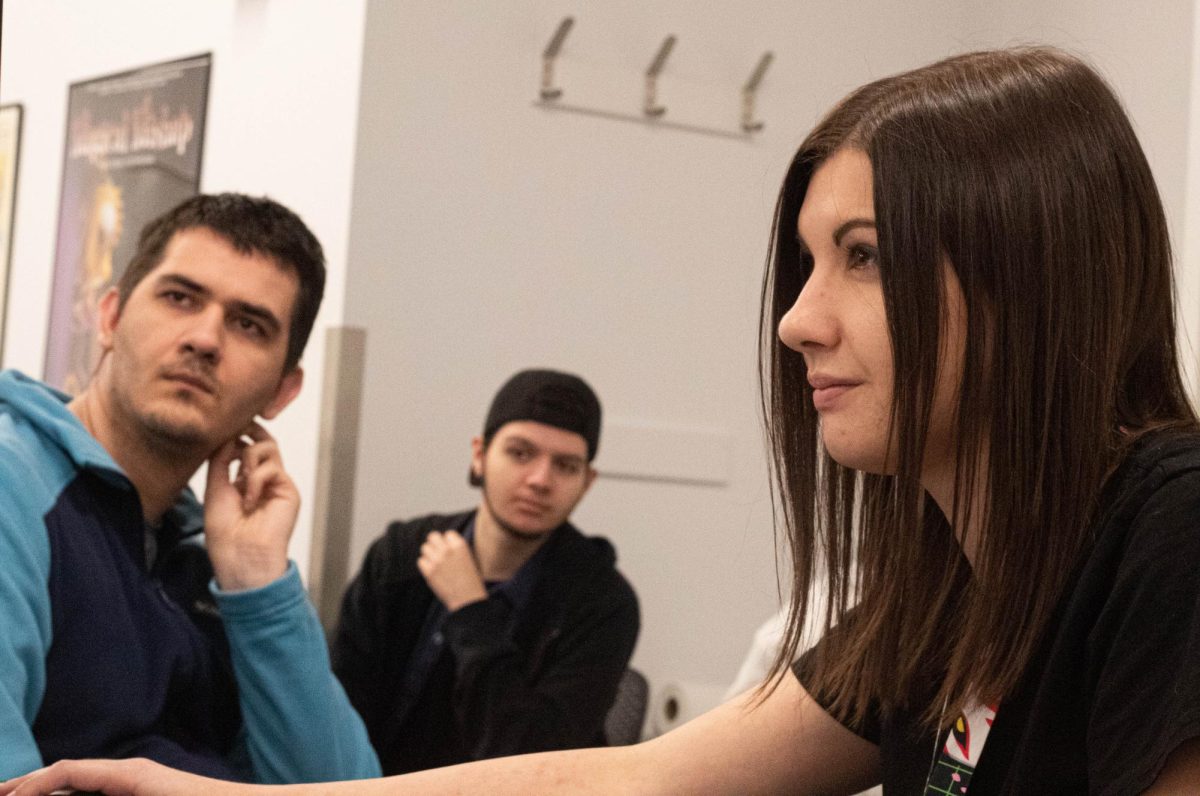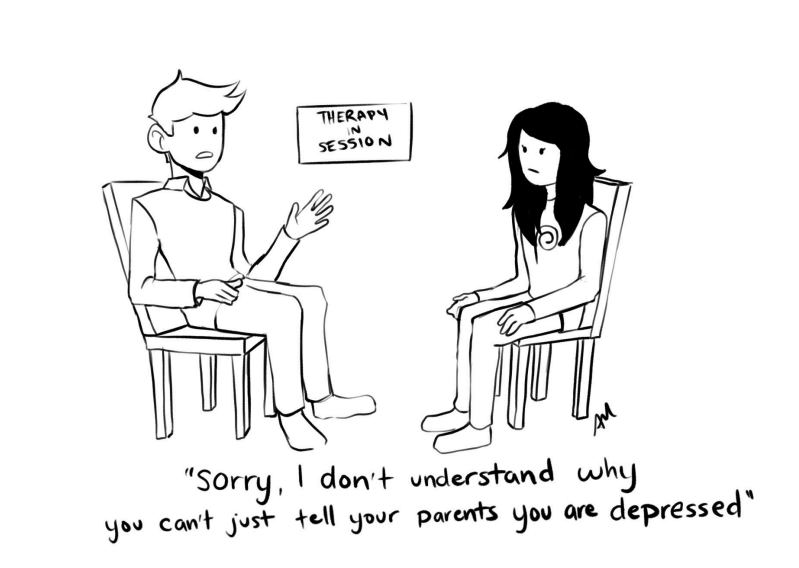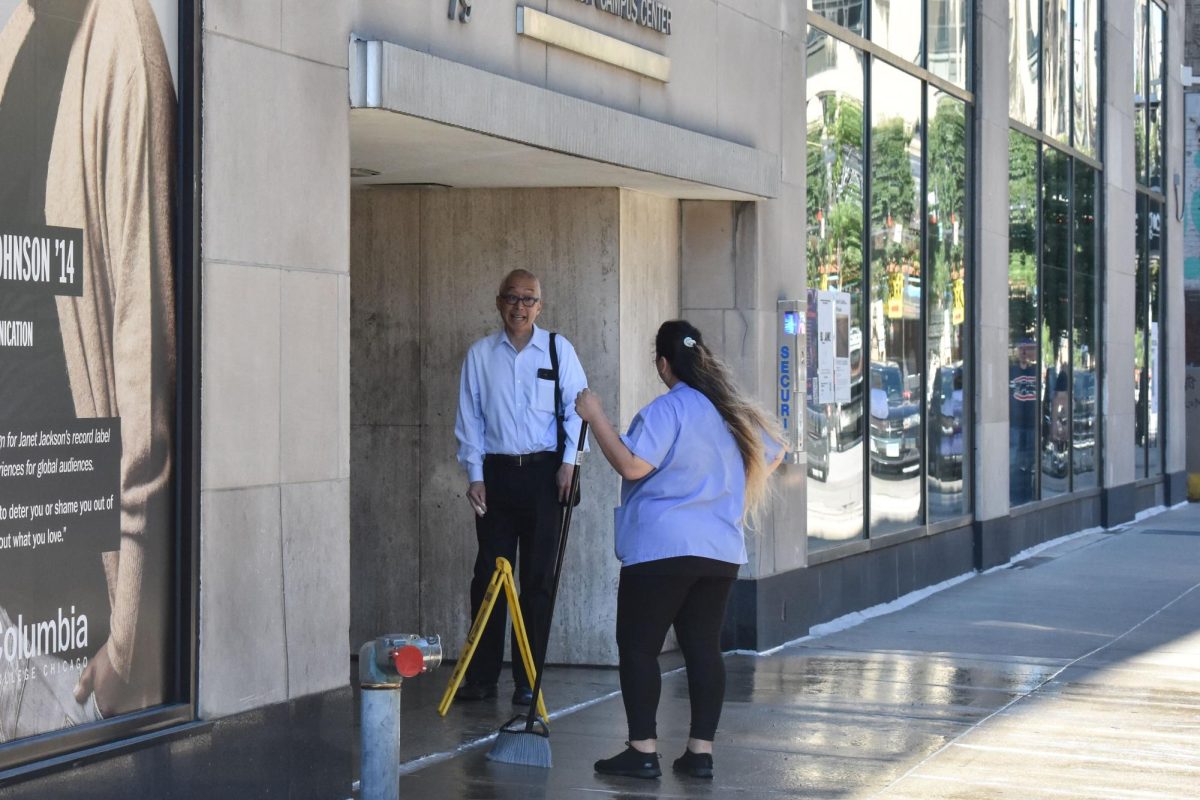MENTAL HEALTH ISSUE
A team of game design students has built a video game focusing on depression and anxiety, which the developers have experienced first-hand.
“The Other Side” portrays mental health through dialogue the player has with in-game, non-playing characters and fighting enemies named “fear,” “anger,” “depression” and more, to simulate someone battling their own emotions.
While most video games are about fun gameplay or a good story, lead game designer for “The Other Side” and senior game design major Joshua Chaffeé wanted to make a game that specifically focuses on the experiences someone with mental health issues could have.
“Many people go through this every day, this being depression, anxiety, just anything that can go unseen,” Chaffeé said. “When it comes to struggling with mental health, I want them to kind of remember the fact that everyone is going through something whether you know it or not. So remember to be kind to everyone.”
The game’s development is part of the capstone class for game design seniors where they actually have to develop their own game. The students pitch game ideas in the class and then vote on which ones to do. Groups are then formed by students choosing which project they want to work on. “The Other Side” was one of these projects.
Chaffeé teamed up with Bill Guschwan, an associate professor of instruction in the Interactive Arts and Media Department, who helped assemble a team of game designers, producers, artists, composers and coders to help produce the game.
The game’s development is being funded by a grant from the Solutions Journalism Network.
In development since February 2024, the game features platforming gameplay with a Pokémon-esque battle style to relate to people having to battle with their emotions.

Chaffeé set the storyline for “The Other Side” in a fictional city in Illinois. The main character, Aurora, goes to high school and soon realizes that her good grades start falling. With her thoughts getting darker as the days go by, she spends most of the time stuck in her own head.
“Instead of figuring out how to fix it, she does what mostly everyone does and just kind of masks it,” Chaffeé said. “So she puts this mask on, like every single day, in order to seem normal to everyone else, her friends, her family.”
Nicole Finegan, senior game design major, is the game’s producer and handles scheduling, financing and coordinating with the development team to ensure they hit their prototype release deadline by this year’s Manifest on May 10. Finegan’s focus for the game is to help people be more aware of problems people could be facing.
“There are a lot of people who aren’t aware of what issues with mental health can do to you,” Finegan said. “The people on my team all have something they’ve dealt with which is connected to that.”
Chaffeé said he based the main character, Aurora, after himself as he has dealt with several different mental health issues over the years. Dealing with mainly depression and anxiety, Chaffeé says he hopes the game brings awareness to the storm that could be raging under someone’s “mask.”
While Chaffeé says he based the character on himself, Aurora represents most people who feel they have to cover up their emotions.
“Even when it comes to figuring out how to open up, I kind of suck at masking things,” Chaffeé said. “When it comes to masking, you just get used to it, so [Aurora is] me in a way.”
The development of more mental health-focused entertainment mediums could help people going through tough times and experiencing tough emotions. While the developers of “The Other Side” are focusing on awareness of what people could be going through beneath the surface, more games could be made to portray the experiences of any mental health issue.
“I think there’s a lot of people that have healed from their own experience and want to create the games they didn’t have,” said Grace Anders, a senior programming major and lead programmer for the game. “I love media that handles it responsibly, whether it be games or writing.”
Other students who were involved in creating “The Other Side” include:
- Madeline Rogers (Art Lead), senior, game design major
- Patryk Kijek (Sound/Music Lead), senior, game design major
- Angelo Esparza (Programmer), senior, programming major
- Samantha Go (Programmer/Level Design), junior, game design major
- Claire Alves (User Interface Design), senior, game design major
- Zoey Lim (Sound/Music), MFA student, Music Composition for the Screen
- Eden Szopa (Narrative Design), senior, game design major
- Jared Eyler (Game Balance), junior, game design major.
Copy edited by Vanessa Orozco
Resumen en Español
Un equipo de estudiantes de diseño de juegos han construido un videojuego centrado en la depresión y la ansiedad. “The Other Side” retrata la salud mental a través del diálogo que el jugador tiene con personajes que no juegan en el juego y luchando contra enemigos llamados miedo, enojo, depresión y más.
El diseñador principal del juego, Joshua Chaffeé, estudiante de diseño de juegos en su último año, quería hacer un juego que se centrará en las experiencias que alguien con problemas de salud mental podría tener. El desarrollo del juego – que es financiado por una subvención de Solutions Journalism Network – toma parte de la clase final para las personas mayores de diseño de juegos, donde tienen que desarrollar su propio juego. El juego fue uno de estos proyectos.
Resumen en Español por Andrés Guerra





















